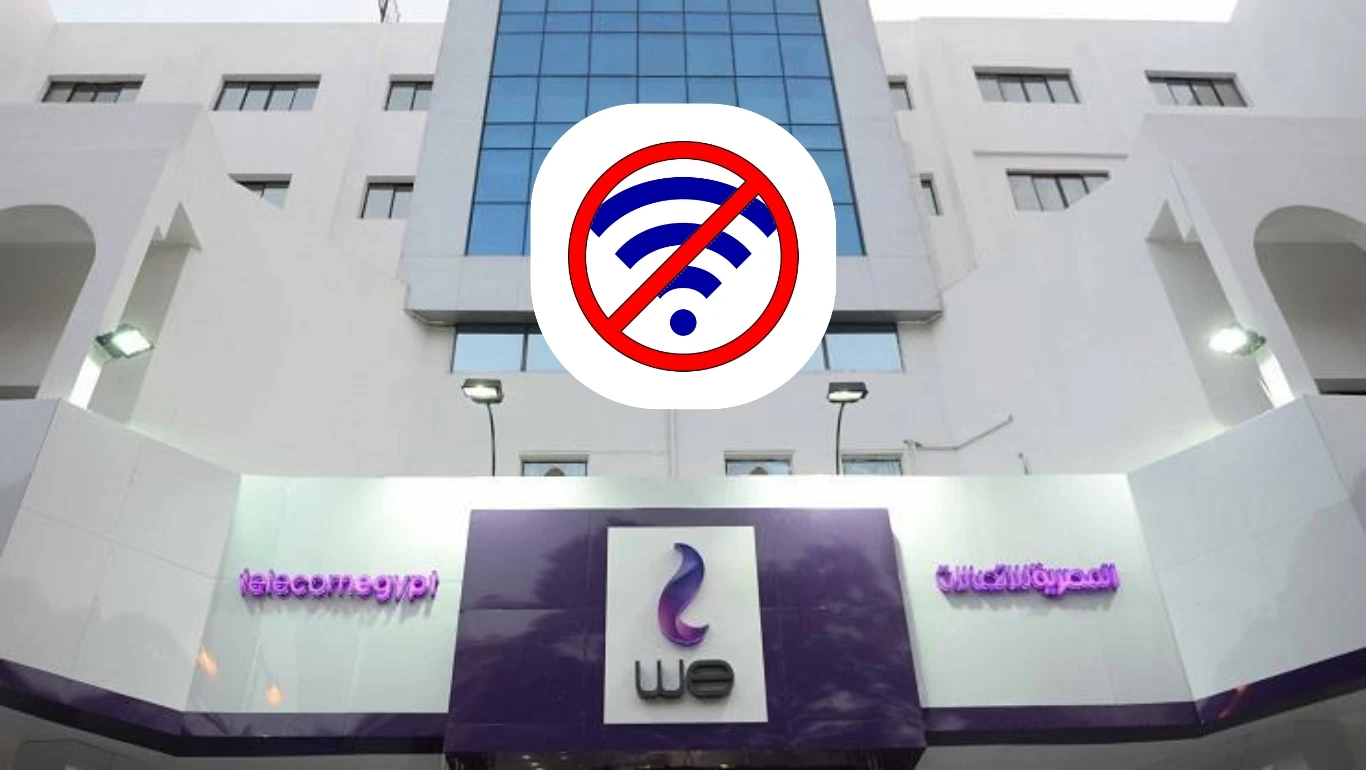Network Processor Market Set to Explode, Surging Past USD 11.3 Billion by 2032
Network Processor Market, valued at a robust USD 4352 million in 2024, is on a trajectory of explosive expansion, projected to reach USD 11300 million by 2032. This growth, representing a compound annual growth rate (CAGR) of 15.0%, is detailed in a comprehensive new report published by Semiconductor Insight. The study illuminates the indispensable role these high-performance integrated circuits play in processing and managing data traffic at wire-speed across modern networking infrastructure, from enterprise routers to massive data centers and 5G core networks.
Network processors, essential for executing complex networking algorithms and packet processing tasks, are becoming the backbone of the digital economy. Their programmable architecture allows network equipment manufacturers to adapt rapidly to new protocols, security threats, and performance demands, making them a strategic component of next-generation communication systems.
Data Traffic Tsunami: The Paramount Growth Engine
The report identifies the unprecedented explosion of global data traffic as the fundamental force propelling the network processor market forward. This demand is directly correlated with the relentless growth of internet users, streaming services, cloud computing, and the Internet of Things (IoT). The ongoing global rollout of 5G networks, with its promise of ultra-low latency and gigabit speeds, necessitates a new class of intelligent, programmable processors that can handle the sophisticated packet inspection, traffic shaping, and security functions required at the network edge and core.
"The massive and sustained investments in digital infrastructure, particularly in the Asia-Pacific region where hyperscale data center construction and 5G deployment are most aggressive, is the central dynamic shaping the competitive landscape," the report states. The transition to software-defined networking (SDN) and network functions virtualization (NFV) is a key trend, demanding network processors that offer greater flexibility and software control over network behavior compared to traditional fixed-function ASICs.
Read Full Report:
https://semiconductorinsight.com/report/network-processor-market/
Market Segmentation: High Speed Processors and Commercial Applications Dominate
The report provides a granular segmentation analysis, offering a clear perspective on the market's structure and the segments fueling its ascent.
Segment Analysis:
By Type
• High Speed Network Processor
• Lower Speed Network Processor
By Application
• Commercial Applications
• Home Applications
• Industrial Applications
• Telecommunications Infrastructure
By Core Functionality
• Traffic Management & Packet Forwarding
• Security & Encryption
• Network Monitoring & Analytics
Download FREE Sample Report:
Network Processor Market - View in Detailed Research Report
Competitive Landscape: Key Players and Strategic Focus
The report profiles key industry players, including:
• Intel Corporation
• Cisco Systems, Inc.
• Broadcom Inc.
• Marvell Technology Group Ltd.
• Qualcomm Incorporated
• Ericsson
• NVIDIA Corporation (Mellanox)
• Fortinet, Inc.
• ARM Ltd.
• MACOM Technology Solutions Holdings, Inc. (Applied Micro Circuits)
• Cavium, Inc. (a Marvell company)
• Ethernity Networks Ltd.
• Barefoot Networks (an Intel company)
These companies are concentrating on technological breakthroughs, such as developing processors optimized for AI-driven network management, and strategic expansion into burgeoning markets to seize high-potential opportunities.
Emerging Opportunities in AI and Edge Computing
Beyond the foundational drivers of data growth, the report pinpoints significant emerging frontiers. The integration of artificial intelligence for predictive traffic optimization and the explosive growth of edge computing infrastructure present substantial new growth vectors, demanding network processors capable of local, real-time decision-making. Furthermore, the evolution towards intent-based networking is a major trend. AI-enabled network processors can autonomously adjust to network conditions, improving overall efficiency and preemptively mitigating security risks. This shift is creating demand for a new generation of smart, self-learning networking silicon.
Report Scope and Availability
The market research report offers a comprehensive analysis of the global and regional Network Processor markets from 2025–2032. It provides detailed segmentation, market size forecasts, competitive intelligence, technology trends, and an evaluation of the market's core dynamics.
For a detailed analysis of market drivers, restraints, opportunities, and the competitive strategies of key players, access the complete report.
Get Full Report Here:
Network Processor Market, Global Business Strategies 2025-2032 - View in Detailed Research Report
About Semiconductor Insight
Semiconductor Insight is a leading provider of market intelligence and strategic consulting for the global semiconductor and high-technology industries. Our in-depth reports and analysis offer actionable insights to help businesses navigate complex market dynamics, identify growth opportunities, and make informed decisions. We are committed to delivering high-quality, data-driven research to our clients worldwide.
Website:
https://semiconductorinsight.com/
International: +91 8087 99 2013
LinkedIn: Follow Us
#NetworkProcessorMarket,
#NetworkProcessorGrowth,
#NetworkProcessorIndustry,
#NetworkProcessorTrends,
#NetworkProcessorForecastNetwork Processor Market Set to Explode, Surging Past USD 11.3 Billion by 2032
Network Processor Market, valued at a robust USD 4352 million in 2024, is on a trajectory of explosive expansion, projected to reach USD 11300 million by 2032. This growth, representing a compound annual growth rate (CAGR) of 15.0%, is detailed in a comprehensive new report published by Semiconductor Insight. The study illuminates the indispensable role these high-performance integrated circuits play in processing and managing data traffic at wire-speed across modern networking infrastructure, from enterprise routers to massive data centers and 5G core networks.
Network processors, essential for executing complex networking algorithms and packet processing tasks, are becoming the backbone of the digital economy. Their programmable architecture allows network equipment manufacturers to adapt rapidly to new protocols, security threats, and performance demands, making them a strategic component of next-generation communication systems.
Data Traffic Tsunami: The Paramount Growth Engine
The report identifies the unprecedented explosion of global data traffic as the fundamental force propelling the network processor market forward. This demand is directly correlated with the relentless growth of internet users, streaming services, cloud computing, and the Internet of Things (IoT). The ongoing global rollout of 5G networks, with its promise of ultra-low latency and gigabit speeds, necessitates a new class of intelligent, programmable processors that can handle the sophisticated packet inspection, traffic shaping, and security functions required at the network edge and core.
"The massive and sustained investments in digital infrastructure, particularly in the Asia-Pacific region where hyperscale data center construction and 5G deployment are most aggressive, is the central dynamic shaping the competitive landscape," the report states. The transition to software-defined networking (SDN) and network functions virtualization (NFV) is a key trend, demanding network processors that offer greater flexibility and software control over network behavior compared to traditional fixed-function ASICs.
Read Full Report: https://semiconductorinsight.com/report/network-processor-market/
Market Segmentation: High Speed Processors and Commercial Applications Dominate
The report provides a granular segmentation analysis, offering a clear perspective on the market's structure and the segments fueling its ascent.
Segment Analysis:
By Type
• High Speed Network Processor
• Lower Speed Network Processor
By Application
• Commercial Applications
• Home Applications
• Industrial Applications
• Telecommunications Infrastructure
By Core Functionality
• Traffic Management & Packet Forwarding
• Security & Encryption
• Network Monitoring & Analytics
Download FREE Sample Report:
Network Processor Market - View in Detailed Research Report
Competitive Landscape: Key Players and Strategic Focus
The report profiles key industry players, including:
• Intel Corporation
• Cisco Systems, Inc.
• Broadcom Inc.
• Marvell Technology Group Ltd.
• Qualcomm Incorporated
• Ericsson
• NVIDIA Corporation (Mellanox)
• Fortinet, Inc.
• ARM Ltd.
• MACOM Technology Solutions Holdings, Inc. (Applied Micro Circuits)
• Cavium, Inc. (a Marvell company)
• Ethernity Networks Ltd.
• Barefoot Networks (an Intel company)
These companies are concentrating on technological breakthroughs, such as developing processors optimized for AI-driven network management, and strategic expansion into burgeoning markets to seize high-potential opportunities.
Emerging Opportunities in AI and Edge Computing
Beyond the foundational drivers of data growth, the report pinpoints significant emerging frontiers. The integration of artificial intelligence for predictive traffic optimization and the explosive growth of edge computing infrastructure present substantial new growth vectors, demanding network processors capable of local, real-time decision-making. Furthermore, the evolution towards intent-based networking is a major trend. AI-enabled network processors can autonomously adjust to network conditions, improving overall efficiency and preemptively mitigating security risks. This shift is creating demand for a new generation of smart, self-learning networking silicon.
Report Scope and Availability
The market research report offers a comprehensive analysis of the global and regional Network Processor markets from 2025–2032. It provides detailed segmentation, market size forecasts, competitive intelligence, technology trends, and an evaluation of the market's core dynamics.
For a detailed analysis of market drivers, restraints, opportunities, and the competitive strategies of key players, access the complete report.
Get Full Report Here:
Network Processor Market, Global Business Strategies 2025-2032 - View in Detailed Research Report
About Semiconductor Insight
Semiconductor Insight is a leading provider of market intelligence and strategic consulting for the global semiconductor and high-technology industries. Our in-depth reports and analysis offer actionable insights to help businesses navigate complex market dynamics, identify growth opportunities, and make informed decisions. We are committed to delivering high-quality, data-driven research to our clients worldwide.
🌐 Website: https://semiconductorinsight.com/
📞 International: +91 8087 99 2013
🔗 LinkedIn: Follow Us
#NetworkProcessorMarket,
#NetworkProcessorGrowth,
#NetworkProcessorIndustry,
#NetworkProcessorTrends,
#NetworkProcessorForecast



